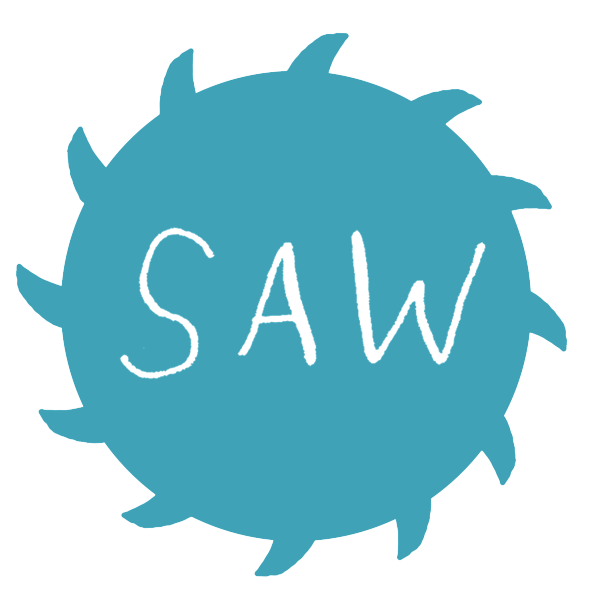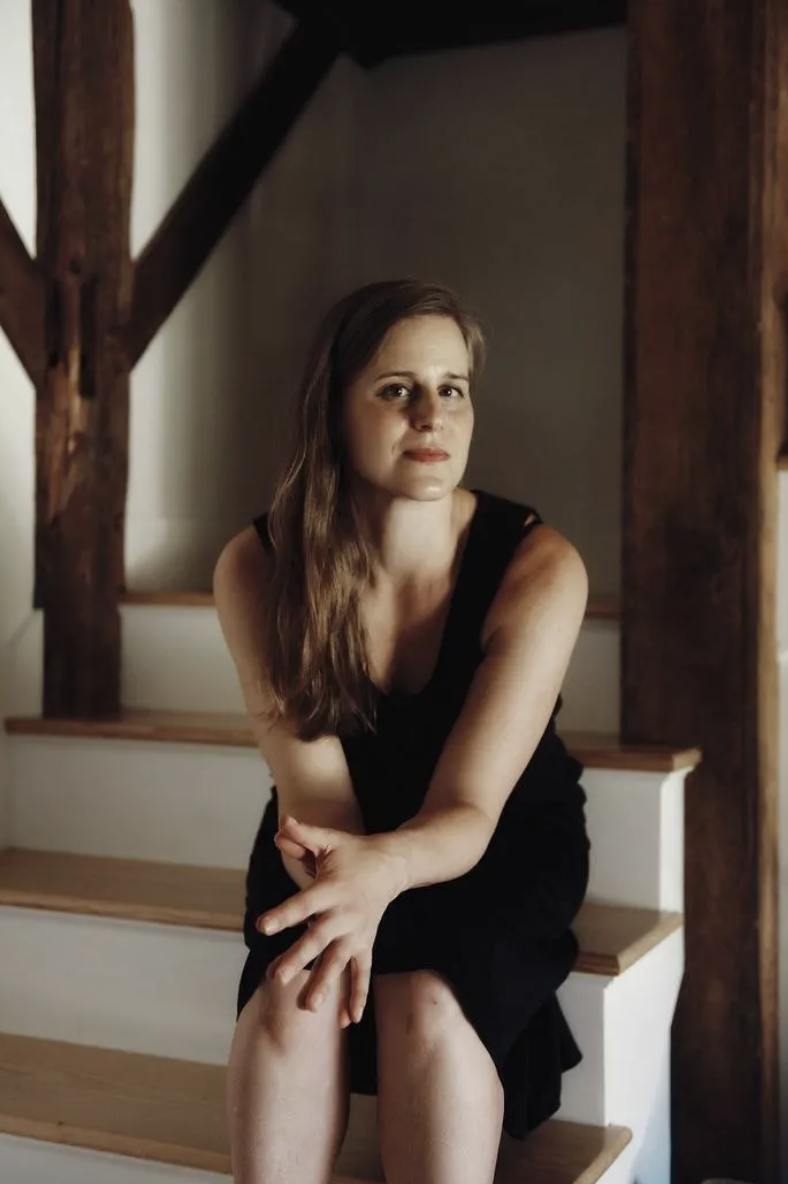Lauren Groff on Process
Hi, Friends!
I wanted to share some golden kernels I retrieved from the mouth of Lauren Groff a while back at the Brattle Theater in Boston. Please blame this great post on Tom, as he said I should come hear Lauren speak, and also was kind enough to notice I was taking notes on my phone and said I should make a post, and Tom is hardly ever wrong!
What I mean is that it’s good to have friends to prod you along into thinking the stuff you have is real stuff other people could use (i.e. doodles are ‘real’ art, notes to self can be a ‘real’ post, etc.) I am all about team use-what-you-have. And Lauren Groff is really into FAILURE! So here’s some stuff from last night we can use in our work:
(Photo via WSJ)
Being Unafraid of Drafts
Particularly on process, Groff described her work on this last novel (she’s relatively prolific in my book, and her prose is really sharp, hard to do this!) She writes SEVERAL drafts LONGHAND and then puts them away forever! And then she starts a fourth draft and works from there. She will also give herself a very limited time to conduct research, doing the research “once I realize how stupid I am” and also noting that “facts can throw you off course.” So she’s using research to fact-check, versus the armature of the story itself. This might be particularly handy for those who are working in nonfiction, memoir, or a hybrid of both. But even fiction writers do research (see Braxton's post with location-scouting photos!)
Being Unafraid of (the Time it Takes for) Shape of Story To Form
As a maker-writer, you may have a story in mind, the beginning of a story, the end of a story in mind—but rather than emphasizing the narrative arc, she places importance on the process of a “continual thickening until right shape emerges.”
“The form draws out ideas you wouldn't have without form” this reminds me of HOW we tell stories in comics form, WHY something might NEED to be a comic (or song, or historical novel.) So sometimes you can have your thickening soup of story and, coupling that with the knowledge of “this is a comic” or “this is a novel” will help the ideas seeded in the draft.
We’ve talked about the great battle of the writer mind versus editor mind, and how these forces seem at odds (or at least, it is hard to hear/listen to both of these voices at once.) Groff notes it’s important to write that weird first draft and then “pay attention to the music” i.e. writing the bad prose/making the bad drawing FIRST and then polishing things on a sentence level/detail level. This allows for the very important space for failure.
Welcoming Failure into Your Creative Space
Groff said she is “obsessed with failure” (as in, it is something she rejoices in) and that “I write on paper in longhand, making fast drafts. It’s like making a series of sketches before you make a giant mural. Creating many full drafts writing at hot speed without rereading, putting those drafts aside, and then I start over.”
Start over???!!!
It seems like this would add a lot of time to the process, but Groff noted her OCD and that “Making those drafts means I know the book, and then I make the language sing. It’s like
retelling a story I've already told.” The first time I tell the story it’s garbled but later, after telling it over and over, it becomes clearer.
But How?
A listener asked, “How do you manage failure and fear or it, move line of your limitations over time?” Lauren said:
-Crying
-Baths
-Talking to my dog
-Going for a run
She noted also, “When one makes anything you have to be kind. Be kind to yourself and what is happening on the page.” Until the part when you're making criticisms of the work, disassociate the critic.
You figure out what you can't do by not doing it well. Cormac McCarthy realized he can't write living women, mythology of the West and masculinity. Take the things you can't do and turn them into positives for your art.
I heard this on a Tuesday call the other day, a paraphrase: Your flaws are your style.
“Seek to understand what your powers are, not perfection. What comes easily and what doesn't. Limitations are gifts, give direction and positive constraints to your work. Running against limitations shows us our attendant gifts.”
Make big swings! It won't work, it will be okay!
Being Unafraid of Protracted Weirdness
She also said completing a novel was to, “Stare into writhing mass of snakes for five years.” It’s worth noting she has several novels in progress at a time (three or so) and finishes them at different speeds. I read in an interview somewhere that she had separate piles in her office for these projects, stationed at different tables, and bankers boxes filled with early drafts, tucked behind a curtain.
Happy Making!
Jess
Check out some of our programs:
Our Six Month Graphic Novel Program
WANT TO MAKE AND READ MORE COMICS?
Do you have a story inside you that’s just itching to come out, but want some guidance to help push it out?
Learn more about intensive comics learning with teachers at SAW by checking out SAW’s Year-Long Intensive Program and our Six-Month Graphic Novel Intensive.
Be sure to also check out our Online Courses, since some courses are offered year-round and are always enrolling!
Our Graphic Memoir Intensive runs year round and is always enrolling. It includes access to a vibrant working community, twice-monthly live online check-ins, weekly prompts, and access to SAW’s Monthly Pro Calls!
Our Comics Flow Group, or SAW FLOW MEMBERSHIP, is also year-round and always enrolling and is SAW's MOST AFFORDABLE course option with access to Monthly Pro-Calls!
And, of course, come see what we’re all up to on SAW's Mighty Network anytime!



